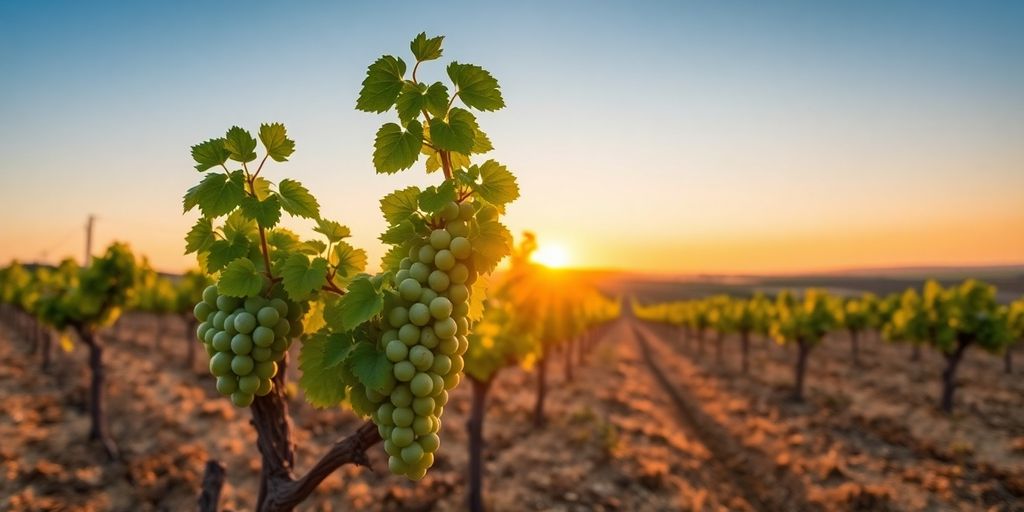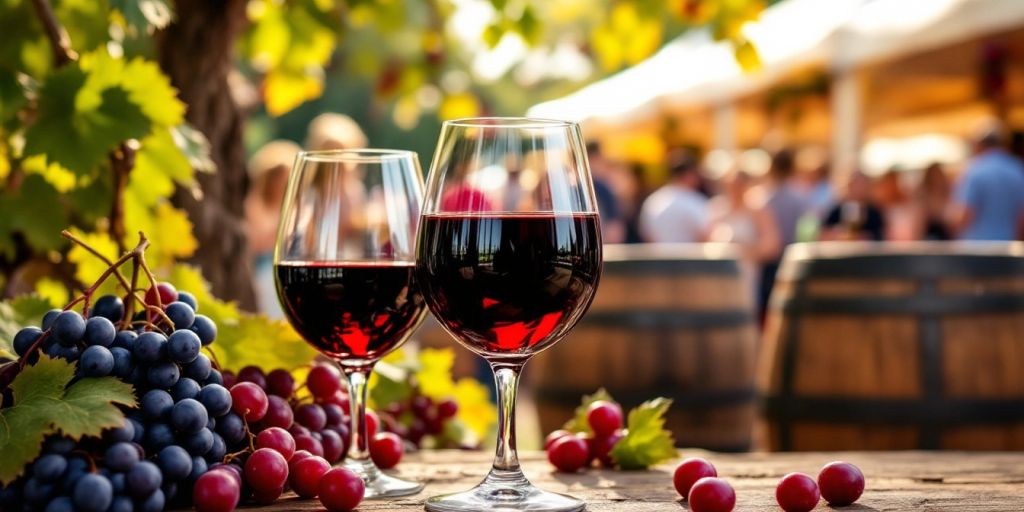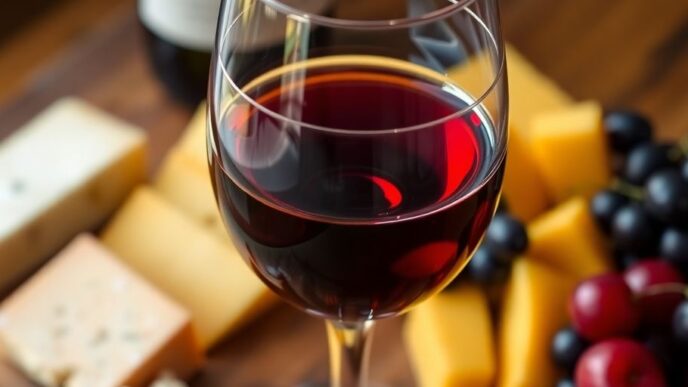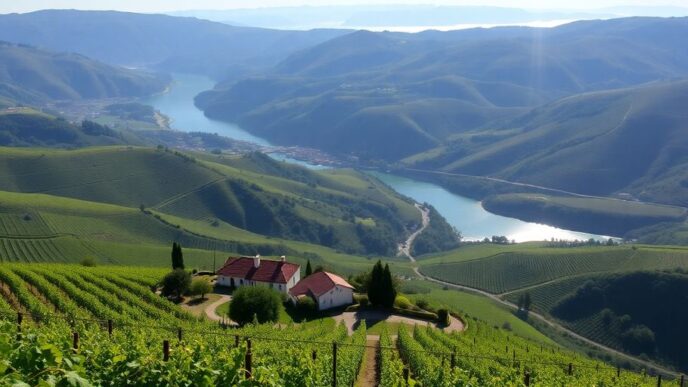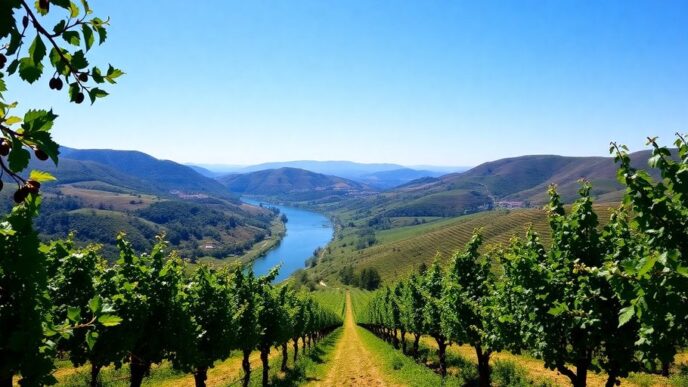Global wine production is projected to reach its lowest level since 1961, with estimates indicating a total output between 227 million and 235 million hectolitres for 2024. This decline is primarily attributed to adverse climate conditions affecting vineyards worldwide, although Portugal stands out as one of the few exceptions maintaining average production levels.
Overview Of Global Production Trends
The International Organisation of Vine and Wine (OIV) has released estimates indicating that global wine production will be significantly impacted by climate variability, including early frosts, heavy rainfall, and prolonged droughts. The projected output of 231 million hectolitres would mark a historic low, with the last comparable figure recorded in 1961.
Regional Highlights
- Europe: The continent, which accounts for 60% of global wine production, is expected to see an 11% decline from the five-year average. Only Portugal and Hungary are expected to produce near their average levels.
- Italy: With an estimated production of 41 million hectolitres, Italy has regained its title as the largest wine producer, recovering from last year’s low volumes.
- France: The country is facing the steepest decline, with production expected to drop by 23% to 36.9 million hectolitres due to adverse weather conditions and diseases affecting vineyards.
- Spain: Slight improvements are noted, with production expected to reach 33.6 million hectolitres, although still below average.
Consumer Trends And Market Implications
The wine industry is also grappling with changing consumer preferences, leading to a 3.9% decrease in global wine consumption in the first half of 2024. Notably, the consumption of Italian sparkling prosecco has increased by 5%, while French champagne has seen an 8.6% decline.
The OIV emphasizes the need for the wine sector to adapt to these challenges, focusing on sustainability and understanding shifting consumer behaviors. As the industry navigates this period of uncertainty, the resilience and adaptability of wine producers will be crucial for future growth.


